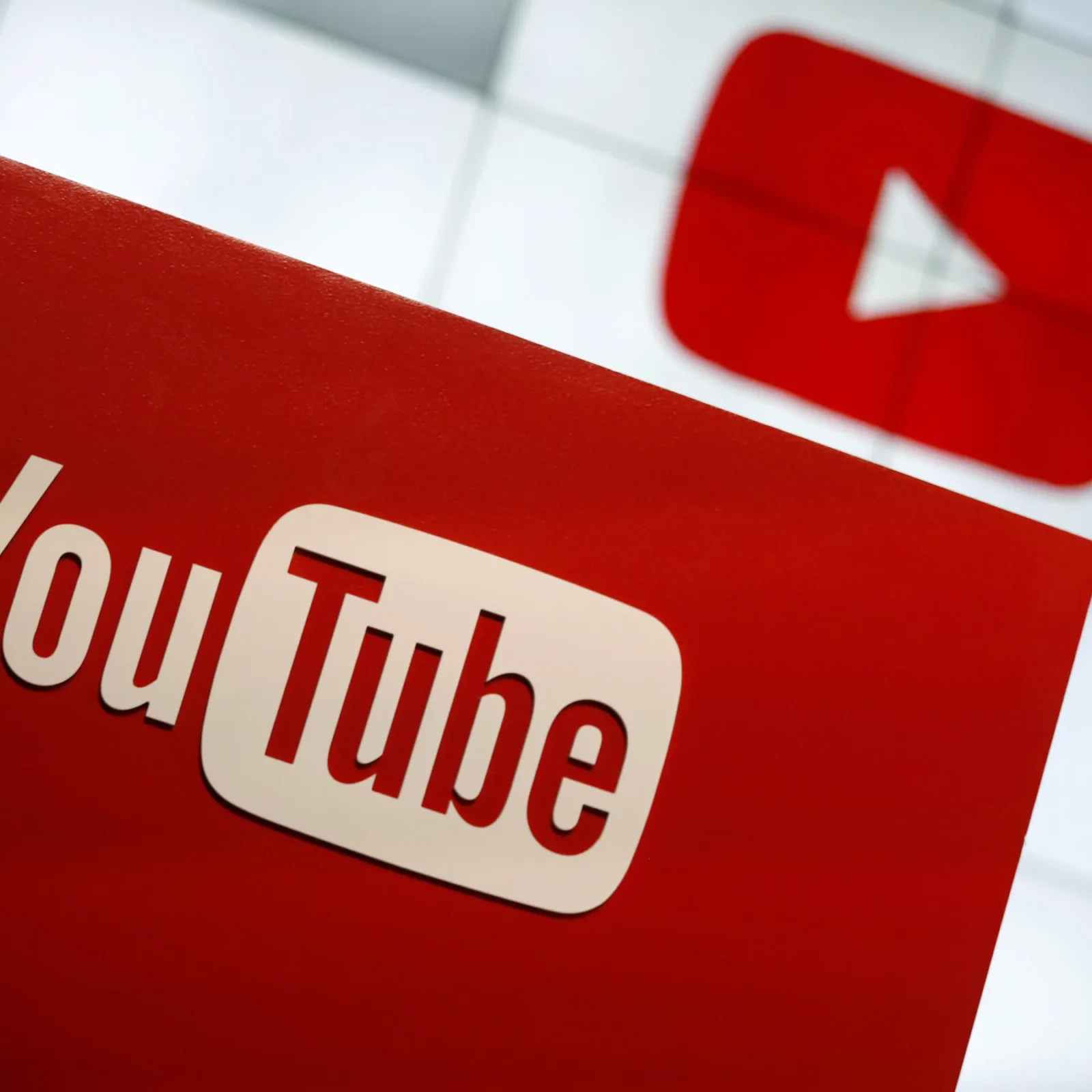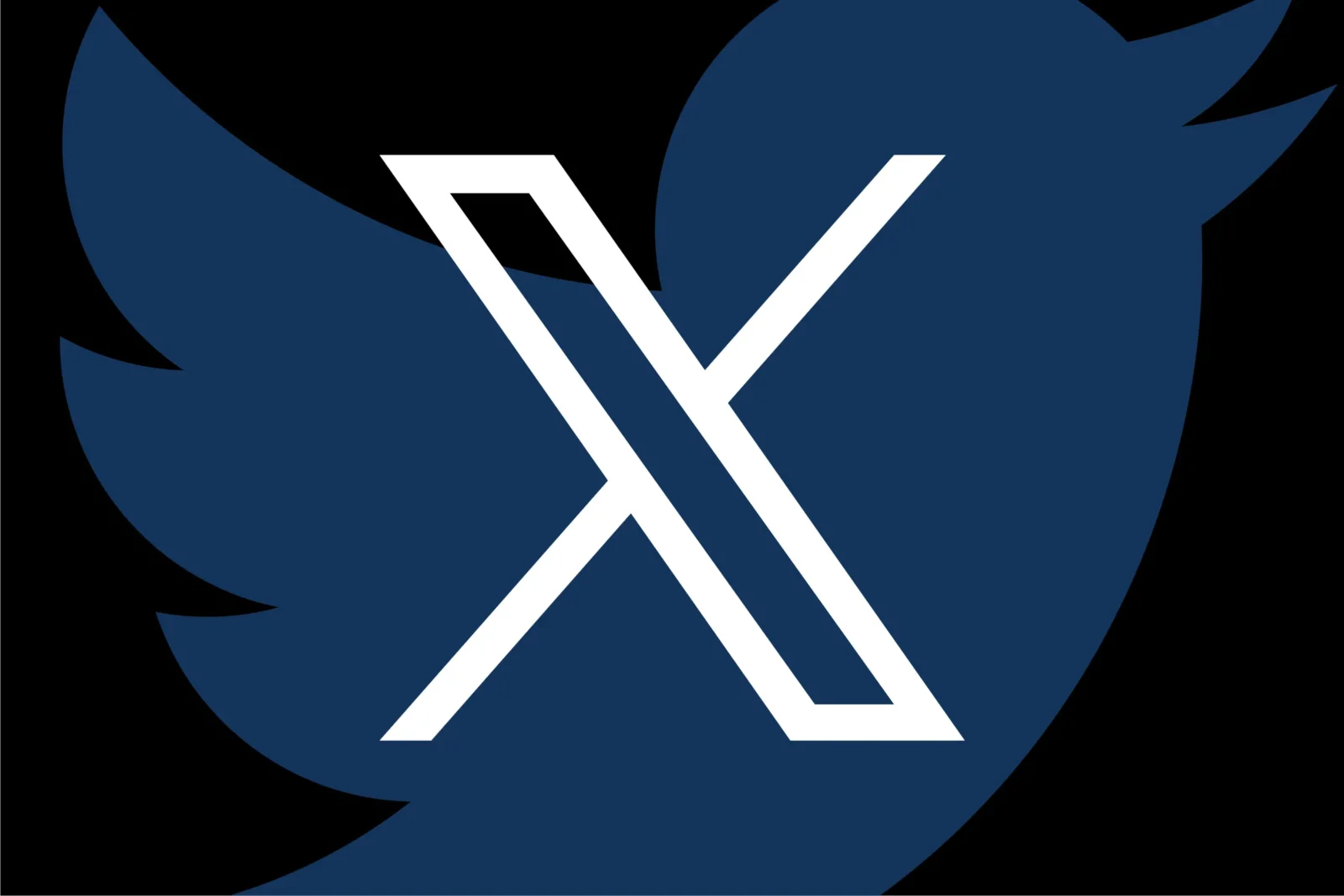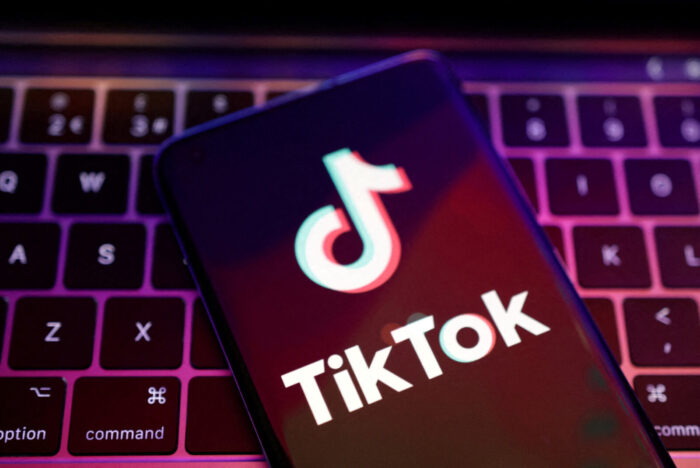
If we ask what the most successful social media and content-sharing platforms are, we are sure many people will list a few. But do you know why these brands become so popular in this highly competitive space? In this article, we will list some of the most successful social media and content-sharing platforms and discuss the strategies they used to stand out from the competition.
By the time you round off this article, we believe you will learn some business lessons from these brands and get inspired by their success. Let’s get started!
-
Facebook
Though a relatively latecomer in the social media space, Facebook has grown to become one of the most successful companies in the industry. The company overtook prominent earlycomers like MySpace and Friendster within four years of its launch. While these pioneers eventually failed, Facebook propelled itself to the top of the heap, becoming the social media platform with the highest number of users and revenue.
Lessons from Facebook’s success
According to Forbes, the major business lesson from Facebook was its controlled growth. The company resisted the temptation to grow rapidly beyond what it could control. When Facebook was launched, it was a Harvard-only network.
Then, gradually, in stages, it started expanding to accommodate other university students, high school students, and business users. It took Facebook two years before it began to accept anyone aged 13 or older. With controlled growth, the company gradually built its technology and avoided the technical issues that brought down its competitors.
-
YouTube

YouTube is undoubtedly one of the world’s most popular video-sharing platforms. The company grew from zero to one billion viewers in just ten years. Today, YouTube boasts 2.5 billion monthly active users and is ranked as the second-most popular search engine after Google. In addition, the platform has expanded to over 100 countries and is available in more than 80 languages.
Lessons from YouTube’s success
YouTube’s tremendous feat in the content-sharing space can be attributed to its simple, user-focused interface. Its clean design encourages users to stick around on the platform and focus on the content they like. Also, viewers and content creators can find their way around the site with minimal effort.
Another way YouTube showed its user-centric attribute is by offering both free and premium options. Unlike competitors like Netflix and Hulu, YouTube allows non-paying users to enjoy the countless videos on its platform. However, free users may be forced to watch five-second ads and may not be able to download videos to watch offline.
-
OnlyFans
You can’t make a list of successful social media and content-sharing platforms in 2024 without a mention of OnlyFans. Though established in 2016, OnlyFans outperformed several brands to become the second most profitable company in the creator economy. As of 2024, the platform has amassed over 190 million users and 2.1 million content creators. Annually, OnlyFans pays over $5 billion to creators on its platform. Now let’s talk about what we think is responsible for OnlyFans success.
Lessons from OnlyFans’ success
Innovation and uniqueness are two key lessons to draw from OnlyFans’ success. The company sets itself apart with its subscription-based business model, which is different from what other traditional social networking platforms offer. OnlyFans allows creators to create content and place it behind a paywall where users can access it by paying a set fee. This way, creators get rewarded for their efforts, and users gain access to exclusive content.
Unlike competitors, OnlyFans gives creators the liberty to set a subscription fee for their page. Creators can set their pricing anywhere from $4.99 to $49.99. Plus, creators get 80% of their earnings, while the platform takes only 20%. This innovative model made OnlyFans the go-to platform for adult industry workers who were out of jobs during the COVID-19 lockdown. As OnlyFans finder platforms report during this period, OnlyFans grew its creator and user base by 75%.
Ever since then, the company has continued to record skyrocketing growth. Its massive creator base now includes musicians, fitness trainers, photographers, food enthusiasts, creative writers, and more.
-
X (Formerly known as Twitter)

Originally invented as a platform for sending group SMS, X now ranks among the most successful social media brands globally. The platform has over 300 million monthly active users and boasts a 25% penetration in the USA. That’s not all about X; the brand comes after LinkedIn as the second most preferred social media platform to connect with an educated audience.
Business lessons from X
Similar to OnlyFans, being innovative is one of the main factors that contributed to X’s success. The company introduced a distinctive platform that allows users to share brief updates in real-time easily. This novel idea resonated with the users, and it quickly gained traction in the social media space.
X’s innovation didn’t stop with the launch of its platform; the company’s team is always working hard to introduce new features and functionality to meet the needs of its growing user base.
-
TikTok
One of the brands right behind Facebook and YouTube in the social media and content-sharing space is TikTok. Launched in 2016, the company has grown its user base to over one billion in less than a decade. Statista reported that as of July 2024, over 122 million people in the USA are actively engaging with the platform.
Though a new kid on the block, TikTok has edged out competitors like Twitter and Instagram in terms of user base. However, the platform is still behind Facebook and YouTube.
Business lessons from TikTok
There are a couple of reasons why we believe TikTok became one of the hottest apps in the social media space. First, the platform dropped at the right time. TikTok came in about a year when Vive, a popular short-form video application, was shut down by its owners. So, it filled the void left by the company.
Second, TikTok rewards content above every other thing. The algorithm prioritizes content that people love and takes the meme culture to new heights. This concept appeals to the Gen Z audience as it increases their chance of going viral. Third, TikTok promotes a community feel through trends and challenges. So, users always feel like they are taking part in a big thing.

Wrap Off
The social media and content-sharing space is a very competitive arena. However, brands like Facebook, YouTube, OnlyFans, X, and TikTok have defied the odds to become successful. Their journey emphasizes the importance of controlled growth, innovation, user-friendly products, a customer-centric approach, and strategic timing. We hope the lessons from this brand inspire you to thrive in your challenging business environment.
















